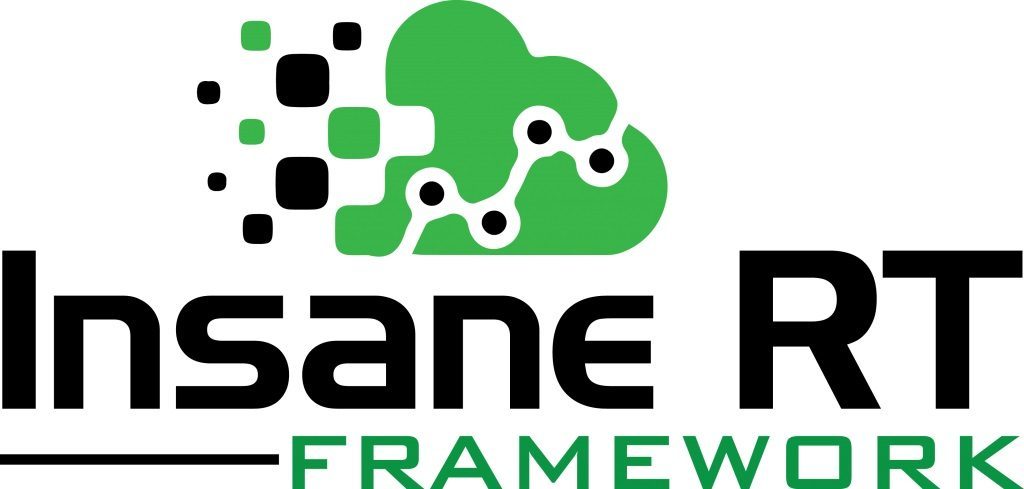Knowledge Base Help Center
The Architecture Behind IAR/IVR: Integrating FFmpeg for Unparalleled Power
When you use the Insane Audio Recorder (IAR) plugin, you are accessing a robust and flexible software architecture designed to seamlessly integrate with the most demanding production workflows. At the heart of this flexibility lies the collaboration with FFmpeg, an industry-standard tool for audio and video manipulation.
FFmpeg: The Muscle of the Operation, Under Your Control
It’s important to understand that IAR does not distribute the FFmpeg executable. There are crucial reasons for this approach:
- Legal Compliance and Licensing: FFmpeg is an open-source project, and its distribution has specific licensing requirements (GPL/LGPL) that can be complex for commercial plugins, especially on platforms like Unreal Engine. By not packaging it, IAR ensures full compliance and freedom for the developer.
- User Sovereignty: This approach puts you, the user, in full control. You can choose the specific version of FFmpeg you want to use, whether it’s the latest for cutting-edge features, a proven stable version for production, or even custom builds that include specific hardware acceleration (like NVENC, QSV) or optimizations for rare codecs. This ensures that IAR adapts perfectly to your environment and needs.
- Security and Maintenance: By keeping FFmpeg external, the responsibility for its updates and security falls on the user, just as with any other essential tool in your development workflow.
How the Plugin Communicates with FFmpeg: An Intelligent Conversation
Think of IAR (and IVR) as the “brain” of the operation: it orchestrates, plans, and makes decisions. FFmpeg, in turn, is the “muscle”: it executes the heavy tasks of audio and video processing. The communication between them is not some internal magic, but rather a structured and standardized conversation, very similar to how modern software communicates in various contexts:
- Plugin as Client, FFmpeg as Service: Just as a game might send JSON requests to a REST service or a cloud microservice, IAR sends “messages” to FFmpeg. These messages are actually command lines and data via “pipes”.
- Command Lines: The Shared Language: IAR translates your Blueprint configurations (like Sample Rate, Channels, Codec, Bitrate, etc.) into command-line arguments that FFmpeg understands. It “speaks the language” of FFmpeg, instructing it precisely on what to do with the audio data (for example, “take this raw audio from pipe X, encode it using codec Y with this bitrate Z, and save it to file W”).
- Pipes: The Communication Channels: The raw audio data (the sound samples captured from a microphone, a file, or generated synthetically) is sent to FFmpeg through “pipes” (inter-process communication channels). This is like a continuous, editable, and highly efficient data stream, similar to how data is transmitted to a Database or REST/Microservices.
This decoupled architecture is a key characteristic of professional-grade software:
- Flexibility: Allows components to evolve independently. You can update IAR or FFmpeg without breaking the integration, as long as the basic “language” of communication is maintained.
- Power: Leverages FFmpeg’s vast and constantly updated range of codecs and features, without the plugin needing to reinvent the wheel.
- Scalability and Integration into Studio Workflows: Game production studios, TV companies, and streaming platforms operate with complex workflows. They already use FFmpeg in their infrastructures for tasks such as mass transcoding, live streaming (for example, in live journalism, where IAR/IVR can capture and send audio/video for real-time noise processing before broadcast), and creating broadcast files. IAR fits natively into this ecosystem, allowing pipeline engineers to integrate Unreal Engine’s capture capabilities into their existing systems.
That´s it!
By understanding this dynamic, you can leverage much more control, flexibility, and a direct path to high-level production workflows.

